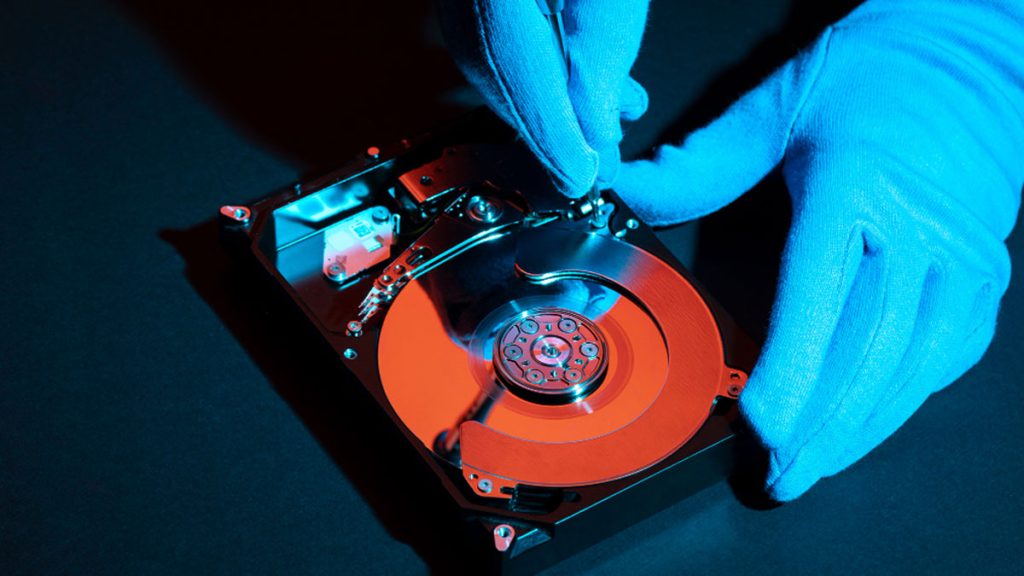
When disaster strikes and your files vanish, your first thought is likely panic. Then comes the question: “How much is this going to cost me?”
In this article, we’ll explore the truth behind data recovery costs, what factors influence pricing, and how to find affordable data recovery solutions without compromising quality.
What Are Data Recovery Costs and Why Do They Vary So Much?
Data recovery costs typically refer to the amount you pay professionals to retrieve lost, corrupted, or inaccessible data from storage devices like HDDs, SSDs, USB drives, and more. The price range can start as low as $100 for basic recoveries and climb to $2,000 or more for complex cases.
- Type of storage device (HDD, SSD, RAID, mobile, etc.)
- Extent of damage (logical failure vs. physical damage)
- Turnaround time (standard vs. emergency service)
- Tools and expertise required
Breakdown of Data Recovery Costs by Device Type
| Device Type | Typical Recovery Cost | Difficulty Level | Notes |
|---|---|---|---|
| Hard Drive (HDD) | $300 – $1,200 | Medium | Older drives often cheaper to recover |
| SSD | $400 – $1,800 | High | Requires chip-level work |
| USB Flash Drive | $100 – $700 | Low to Medium | Cost depends on controller damage |
| RAID Systems | $500 – $3,000+ | Very High | Complex systems = higher costs |
| Mobile Devices | $300 – $1,000 | Medium | Depends on model and encryption |
DIY Data Recovery vs. Professional Services: What’s More Affordable?
Cost Comparison Example:
| Recovery Method | Estimated Cost | Risk Level | Best For |
|---|---|---|---|
| DIY Software | $0 – $100 | Moderate | Simple deletions |
| Local Tech Shop | $150 – $400 | Low | Non-physical issues |
| Certified Lab | $500 – $2,500 | Very Low | Physical damage, RAID, SSD |
How to Estimate Your Data Recovery Costs
Here are quick ways to get a better idea of your potential cost:
- Get a free evaluation – Most reputable companies offer this.
- Know the type of failure – Physical failures usually cost more.
- Consider urgency – Rush jobs are 25-50% more expensive.
- Ask for flat-rate pricing – This helps avoid surprise fees.
How to Find Affordable Data Recovery Services That Actually Work
- Free diagnostics
- No recovery, no charge policies
- Certified cleanrooms for physical damage recovery
- Positive customer reviews and Better Business Bureau (BBB) ratings
- ISO or R2 certifications
🧪 Example Providers (with great balance of cost & success rate):

🧯Emergency Data Recovery: Is It Worth the Premium Cost?
What’s Included in Data Recovery?
- Initial diagnosis
- Labor (technical disassembly, image cloning, repair)
- Use of cleanroom facilities
- Replacement of damaged parts
- Final file extraction and delivery
Ways to Reduce Your Data Recovery Costs
- Opt for non-rush recovery
- Look for “no data, no fee” policies
- Use promo codes or first-time discounts
- Get second opinions for complex recoveries
- Ask about partial recovery options
When to Walk Away: Knowing When Recovery Isn’t Worth It
- You have backups (even old ones)
- The files are non-critical or replaceable
- The quote exceeds your data's value
- Your drive has already been opened by an unqualified party
Pro Tip: Always shut down your device immediately after data loss—especially if you hear clicking noises. Continuing to use it may cause irreversible damage and dramatically increase your data recovery costs.

🧮 Save Your Files Today!
Don’t let data recovery costs deter you from rescuing irreplaceable files. Our certified team offers transparent pricing, free diagnostics, and a no-data, no-fee guarantee.
Frequently Asked Questions (FAQ)❓
Get a Free Quote for Affordable Data Recovery!
Conclusion: Plan Ahead to Avoid High Data Recovery Costs
In the world of tech disasters, prevention really is cheaper than cure. Regular backups and smart device handling can help you avoid ever needing data recovery. But when you do, understanding data recovery costs and seeking affordable data recovery solutions can save you from financial regret.
For more tips, explore our Services page, learn more About Us, or catch the latest tech insights on our Tech Blog.
📚 Read Next: Laptop Screen Repair Cost: DIY vs. Pro Fix